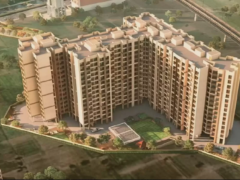2,273 ViewsTaking your first step onto the property ladder can be both exciting and daunting. With so many mortgage options available, it’s crucial to understand what’s best for your unique… Read more »
1,499 ViewsInvesting in property can be an excellent way to grow your wealth and secure a prosperous future. One city that has been capturing the attention of astute investors is… Read more »
1,210 ViewsLooking for a new home in Mumbai? Bhandup, a bustling suburb in the city, has emerged as an excellent residential destination. With its strategic location, ample amenities, and upcoming… Read more »
1,308 ViewsTrading a home can be quite possibly the main choice you will at any point make. It’s not unexpected a close to home and unpleasant cycle, calling for a… Read more »
1,126 ViewsAre you looking for a smart way to diversify your investment portfolio and maximize your financial returns? If so, you may want to consider investing in Real Estate Investment… Read more »
1,133 Views Indoor air quality (IAQ) is a growing societal concern. Since the entire population is concerned by this issue, it turns out to be major for the proper functioning… Read more »
1,469 Views Over the past thirty years, we have seen an increase in employees working in buildings and complaining of various ailments. Among these disturbances: fatigue, loss of concentration, respiratory… Read more »







